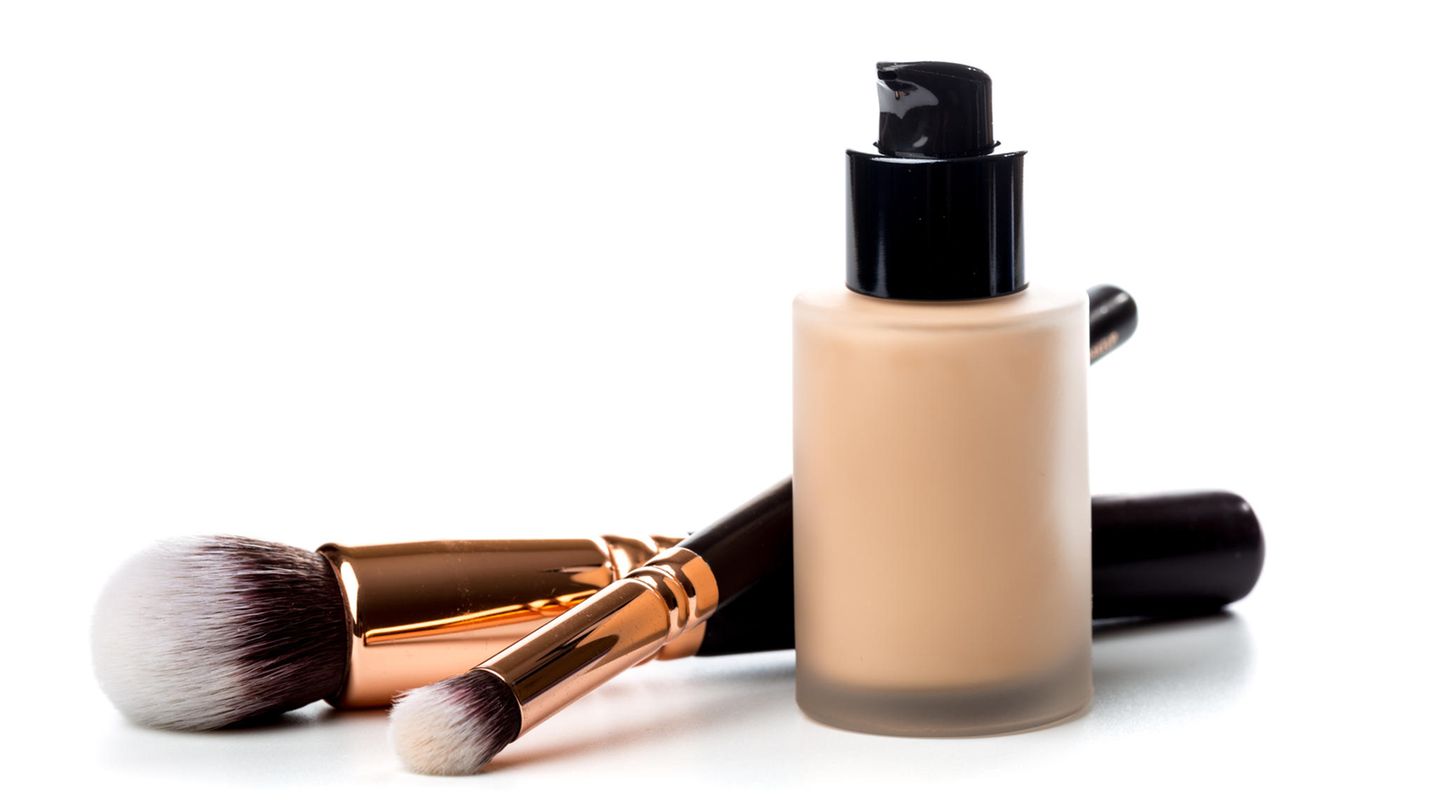I’m Caroline, a journalist and author for 24 Hours Worlds. I specialize in health-related news and stories, bringing real-world impact to readers across the globe. With my experience in journalism and writing in both print and online formats, I strive to provide reliable information that resonates with audiences from all walks of life.
Menu
CC Cream: Beauty tip against redness and pigment spots
Categories
Most Read
Citizen Science: Conduct research in over 160 exciting projects
October 10, 2025
No Comments
Horses: the biggest, the smallest, the most expensive – seven curious truths
October 10, 2025
No Comments
You can buy a Merach exercise bike at a reduced price on Amazon
October 10, 2025
No Comments
Iron deficiency caused by matcha tea? What you should know about it
October 10, 2025
No Comments
Sweden on prescription? Country launches strange tourism campaign
October 8, 2025
No Comments
Latest Posts

Ugg boots trend: These models are a must-have for cooler days
October 13, 2025
No Comments
From the Australian outback These boots are making a comeback this fall Copy the current link Add to wishlist Ugg boots are making a comeback

World trade: China’s foreign trade increased unexpectedly sharply in September
October 13, 2025
No Comments
AngelicaI am an author and journalist who has written for 24 Hours World. I specialize in covering the economy and write about topics such as

Prince William: He “doesn’t want to repeat” his parents’ mistakes
October 13, 2025
No Comments
Lisa HarrisI am an author and journalist who has worked in the entertainment industry for over a decade. I currently work as a news editor
24 Hours Worlds is a comprehensive source of instant world current affairs, offering up-to-the-minute coverage of breaking news and events from around the globe. With a team of experienced journalists and experts on hand 24/7.

